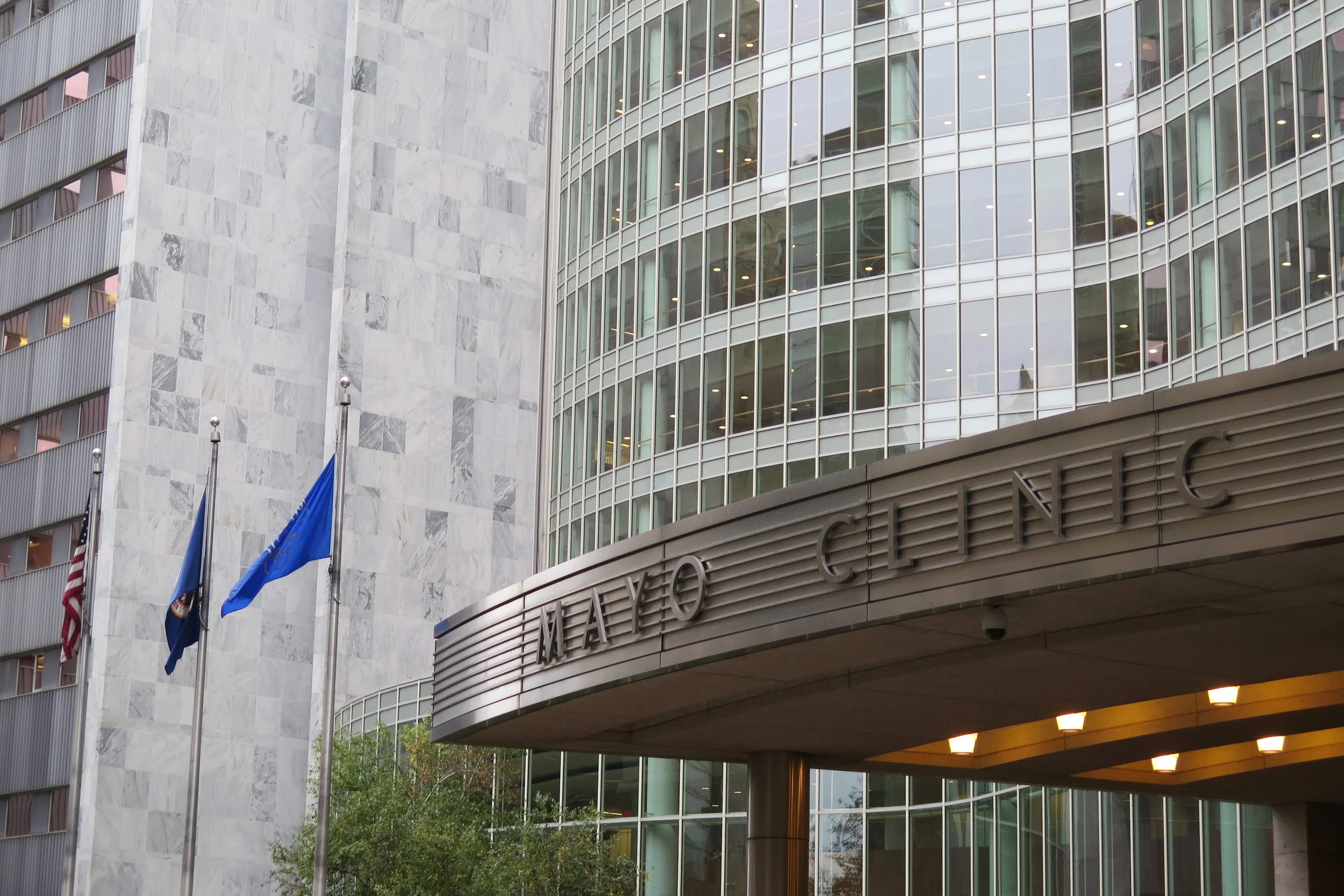Trump's budget proposal would likely cost Mayo millions in research funding
The budget blueprint released this week by President Donald Trump would slash billions of dollars from the National Institutes of Health — drastically reducing a funding source that supports medical research at labs and universities nationwide.
The president has proposed cutting $5.8 billion from the NIH, or roughly a fifth of its $30.3 billion annual budget. While the agency does some research internally, the vast majority — about 80 percent — of its funding is distributed to other institutions.
As a result, the NIH has become the single largest source of biomedical research funding in the world. A 2016 study found that the federal funding supports more than 2,600 institutions around the country and creates over 313,000 jobs.
Mayo Clinic relies heavily on the NIH to fund research at its campuses in Minnesota, Florida and Arizona. In 2016, the clinic was awarded $254 million to fund 463 research projects. The Rochester campus alone received more than $221 million in NIH grants.
Reached Thursday, a spokesperson for Mayo declined to comment on how the proposed cuts may impact the organization — only saying the budget proposals are at a "very early stage" and that it anticipates the budget will "continue to evolve" in coming months.
"In the end, the 2018 budget will be set by Congress, which oftentimes does not follow the President’s budget or blueprint," the spokesperson said. "As always, Mayo Clinic will advocate for sustained research funding, which we know is critical for accelerating scientific discoveries into breakthrough therapies and advances in patient care."
Related: Science and medicine leaders say Trump budget would be dire for U.S.
While Mayo has been reluctant to comment on or criticize proposals put forward by the Trump administration — opting instead for the wait-and-see approach — its top executive has in the past offered strong testimony on the importance of NIH funding.
"Funding from NIH has contributed to groundbreaking research at Mayo Clinic that has yielded novel therapies and/or assessment tools for a wide array of conditions including vasculitis, lymphoma, motility disorders of the gut, and Alzheimer’s disease to name just a few," Mayo President and CEO John Noseworthy told Congress in 2015. "NIH funding accelerates the work of Mayo’s physicians, researchers and scientists to find answers for patients."
Mayo's research budget in 2015 (the most recent year numbers are available) was $663 million. Federal and state grants accounted for about 40 percent of its overall research spending.
The clinic employed 3,392 full-time research personnel at 29 core labs spanning a total of 357,000 square feet.
Those are all numbers that will need to continue to rise if Mayo is to fully realize its vision for Destination Medical Center's Discovery Square, expected to break ground later this year.
Follow Sean on Twitter.
Cover photo: Med City Beat








